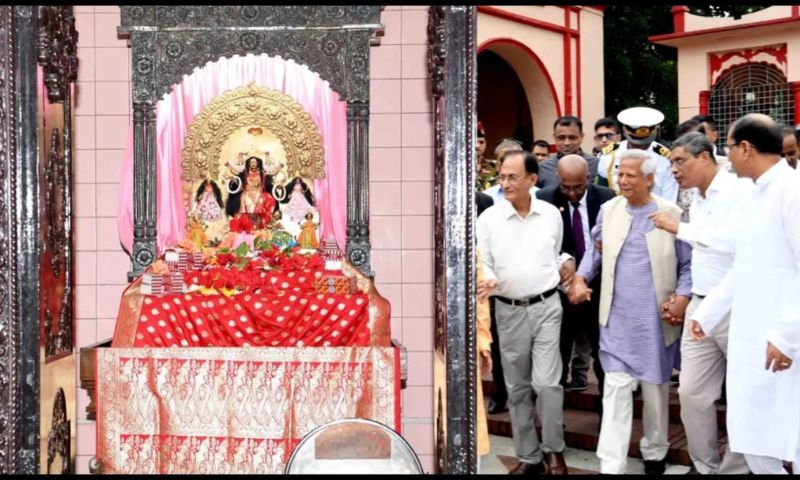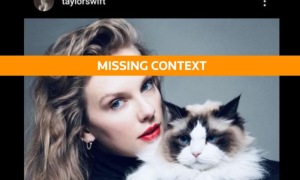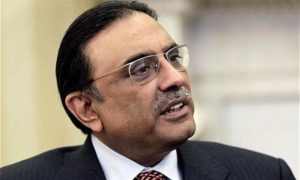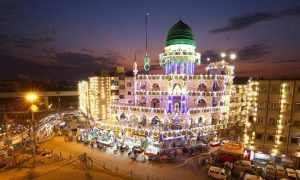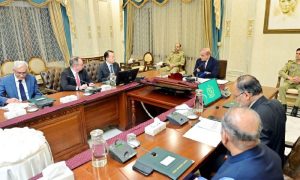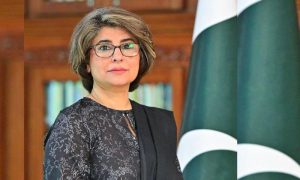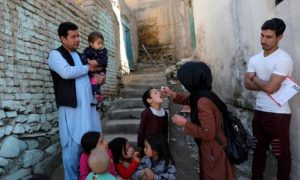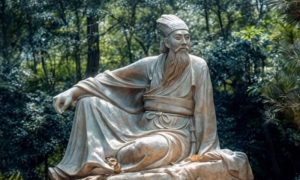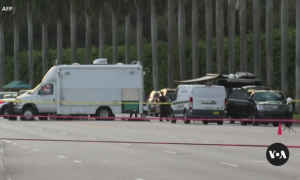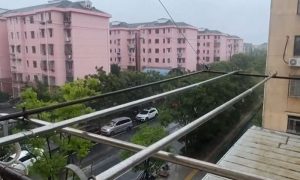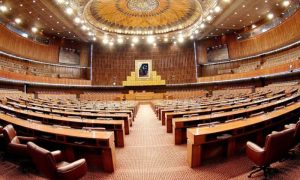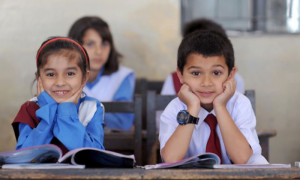DHAKA: Fact-checkers in Bangladesh are examining social and mainstream media reports about recent mob violence, which followed the removal of Prime Minister Sheikh Hasina, and are debunking claims that the nation’s Hindu minority was targeted due to their religion.
Reports from international media, including Germany and the UK, have circulated claims of Hindus being lynched, temples being burned, and businesses looted.
The Guardian, for instance, reported on August 7 that “images of Hindus being lynched by mobs, temples set on fire, and businesses looted have flooded social media in India, although the full scale of the attacks is unclear.”
In the US, Bangladeshi American Hindus protested in Detroit with signs reading, “Stop killing Hindus,” and Indian American lawmaker Ro Khanna called for U.S. government intervention on social media to protect Hindus in Bangladesh.
In Hindu-majority India, right-wing groups held protests in Uttar Pradesh, Maharashtra, and other states, condemning what they claimed were “Islamist communal attacks on Hindus” in Bangladesh.
In Bangladesh, the interfaith Hindu-Buddhist-Christian Unity Council expressed concerns about the situation in an open letter on August 9, stating, “There is deep apprehension, anxiety, and uncertainty among minorities across the country.”
Following the violence, the interim Bangladesh government, led by Nobel laureate Muhammad Yunus, issued a statement expressing grave concern over attacks on religious minorities and pledged to engage with representative bodies to address these issues.
Although the violence resulted in casualties and property damage, Bangladeshi fact-checkers suggest that the primary motive behind the attacks was political rather than religious.
The violence was largely directed at individuals and properties associated with Hasina’s Awami League, which was widely disliked, rather than targeting Hindus specifically due to their faith.
Minhaj Aman, lead researcher at Dismislab, a Dhaka-based fact-checking organization, explained that the mobs targeted both Muslims and Hindus affiliated with the Awami League, not because of their religion but due to political grievances.
Qadaruddin Shishir, a fact-checker for AFP, echoed this sentiment, stating that while some individuals might have used the chaos to loot, the majority of the attacks were politically motivated. He added that there was no significant religious conflict between Muslims and Hindus in Bangladesh.
The Bangladesh National Hindu Grand Alliance, which represents numerous Hindu organizations, reported that while 278 Hindu properties were vandalized, they found that attacks on Muslim households associated with the Awami League were significantly higher. Gobinda Pramanik, the alliance’s secretary general, criticized the Indian media for misrepresenting the violence as anti-Hindu attacks, asserting that the violence was politically driven rather than communal.
Some of the most dramatic images and reports of the violence have been found to be misleading or incorrect. For example, Republic TV aired footage of a temple in Chittagong, claiming it was set ablaze by “Islamists in Bangladesh.” However, fact-checkers from Dismislab revealed that the temple was not attacked; instead, furniture from a nearby Awami League office was set on fire, and the rumor of an arson attack on the temple was unfounded.
Another widely circulated post on X falsely claimed that a mob had burned the house of Hindu cricketer Liton Das. Fact-checking revealed that the actual burning house belonged to former Bangladeshi Muslim cricketer Mashrafe Mortaza, an Awami League member of Parliament.









